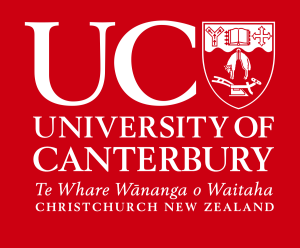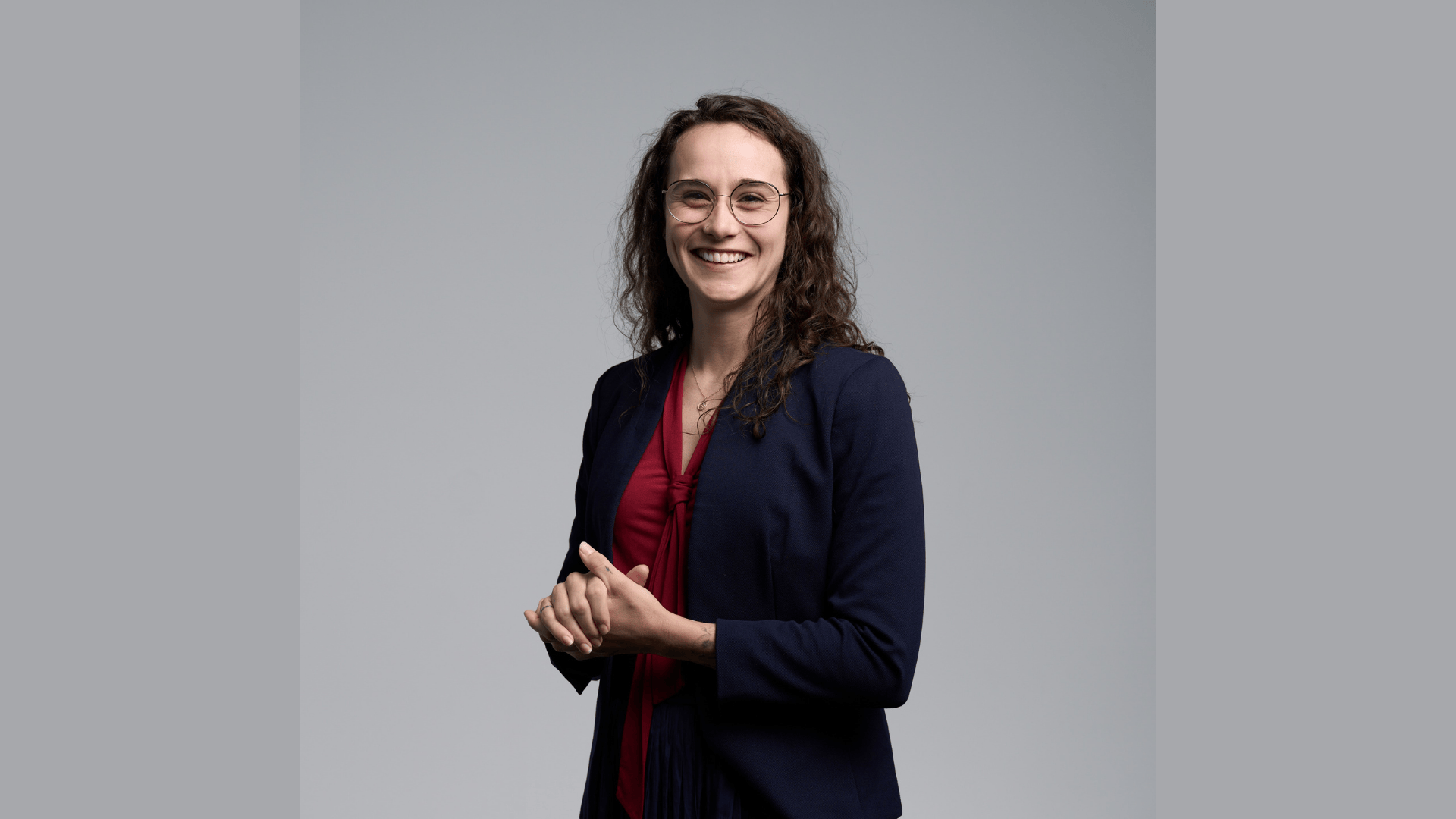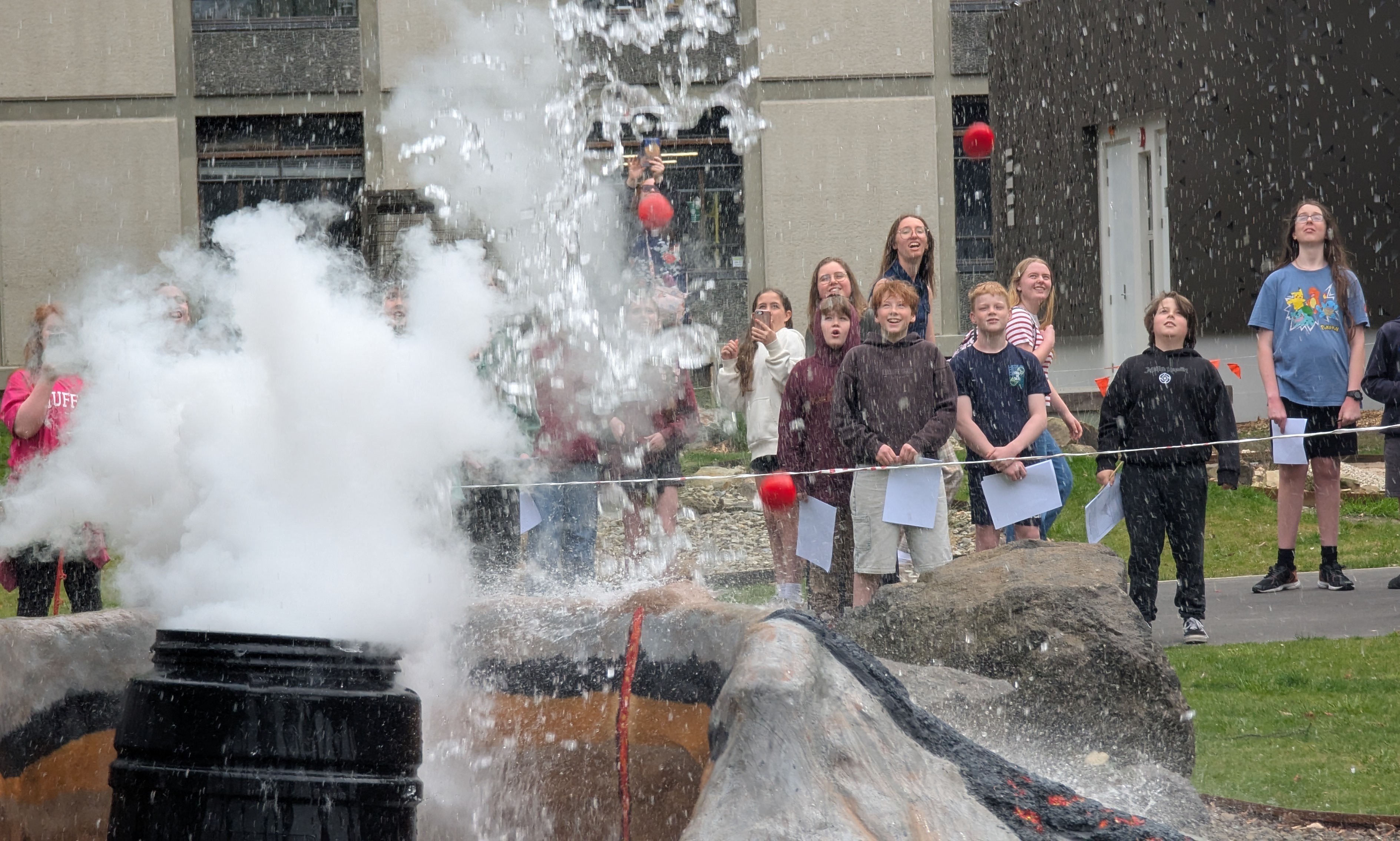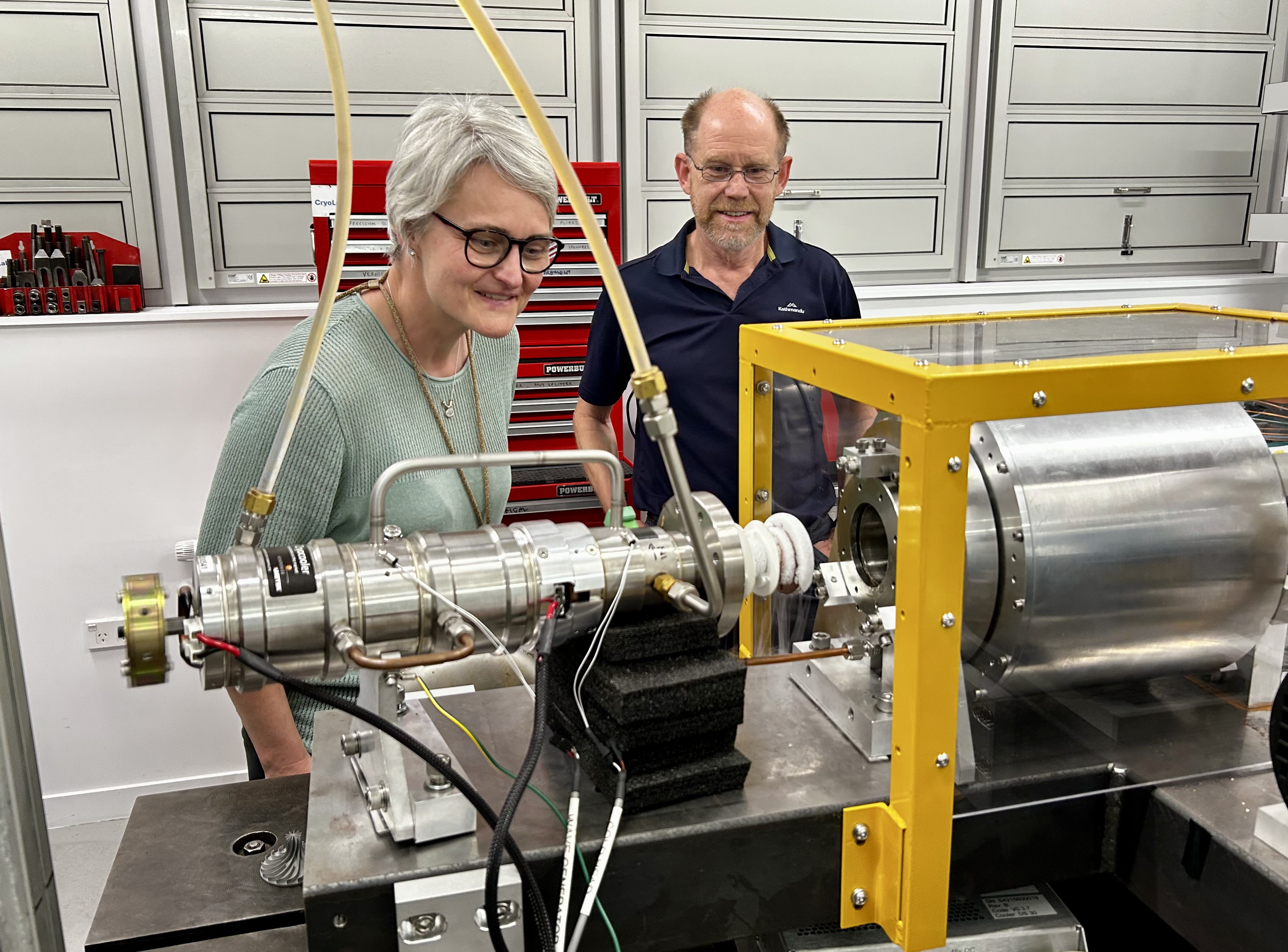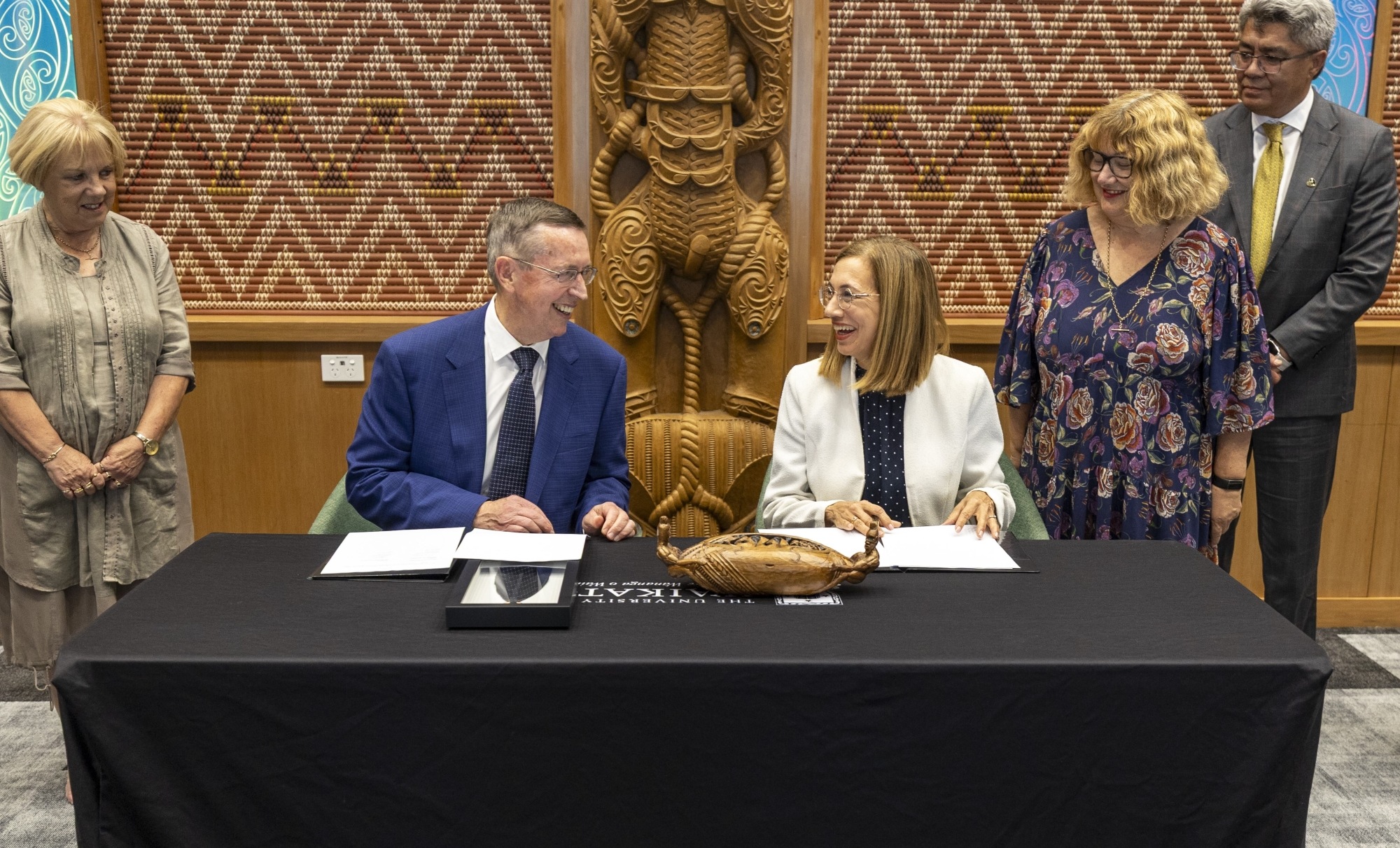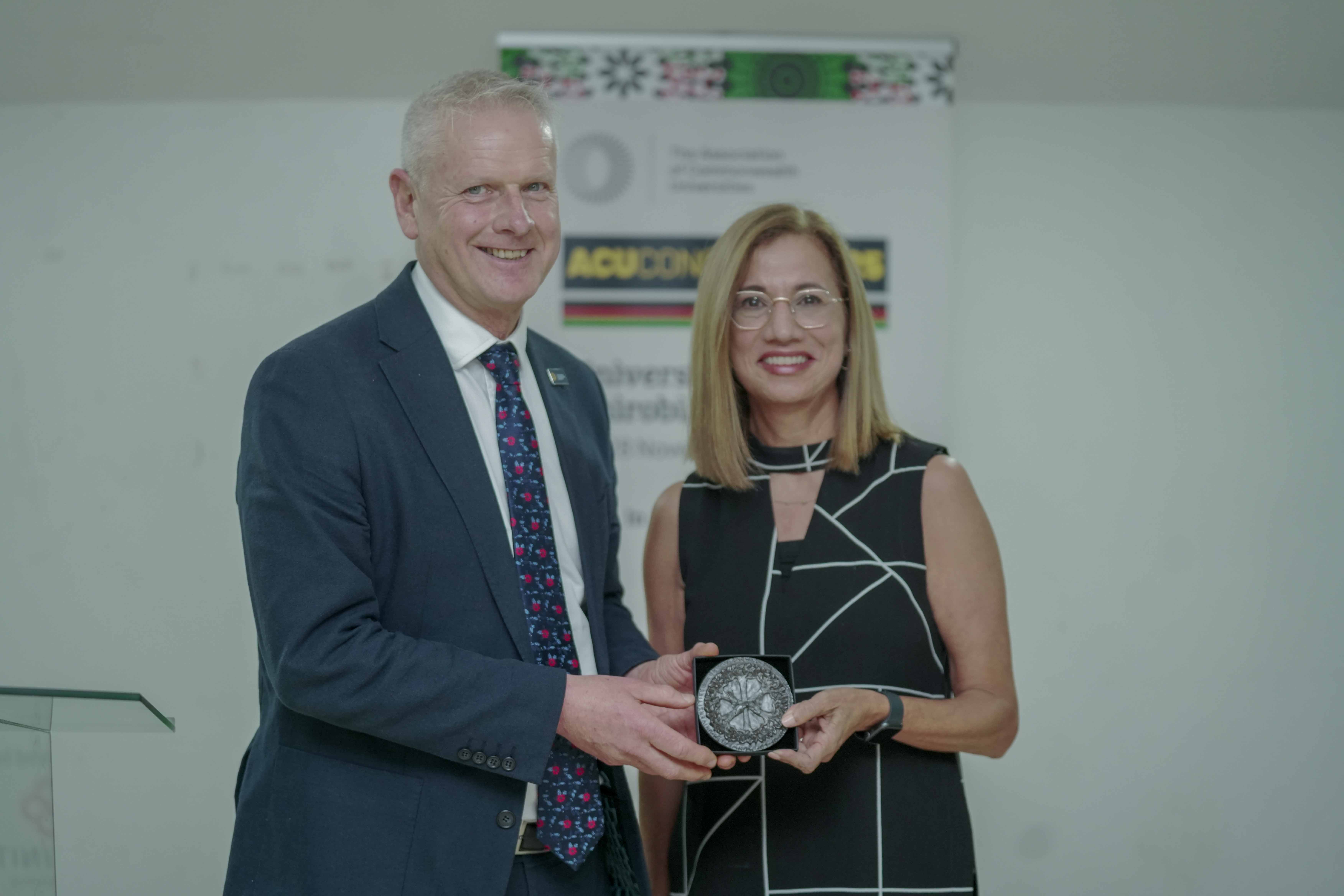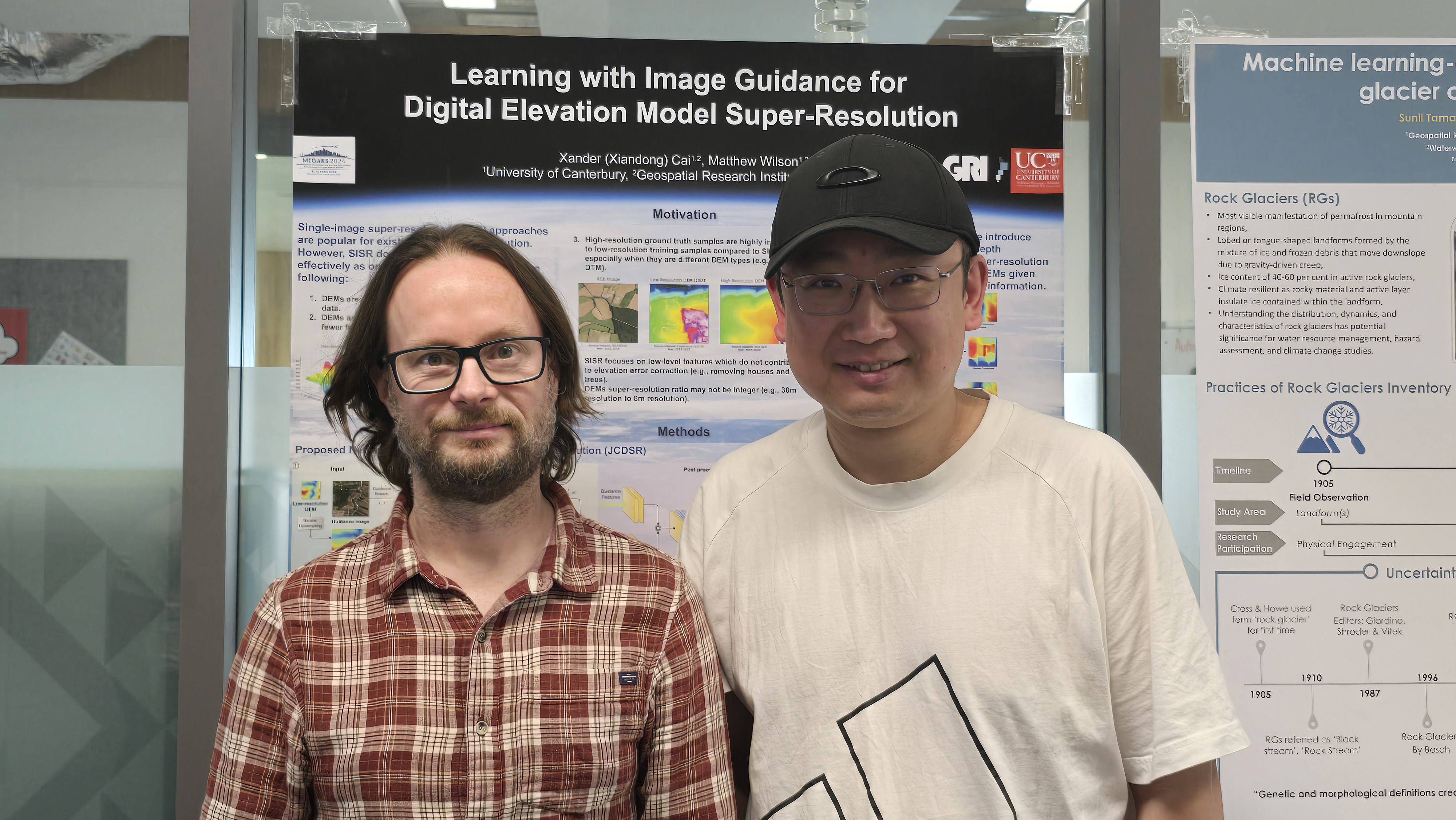New research led by Mat Darling, a Post Doctoral researcher with the School of Earth and Environment at Te Whare Wānanga o Waitaha | University of Canterbury (UC), has revealed how the timing and direction of a major Alpine Fault earthquake could dramatically alter its impact. The study examined how population movement throughout the day and year could influence how many people are exposed to damaging shaking in a large Alpine Fault event.
Darling says, “This research helps show how timing, whether it’s a busy summer period or a quiet winter weekday, can completely change the impact of a disaster.
“To build a resilient Aotearoa, we need to understand how our changing communities interact with the hazards around us and plan together accordingly. When we have a detailed picture of disaster risk, we can better prepare by identifying who’s most exposed, and what our communities’ capabilities and needs are. It’s a vital first step in reducing disaster risk.”
By combining cutting-edge population modelling with earthquake simulations, the research team found that the number of people exposed to damaging shaking (Modified Mercalli Intensity 6 and above) could be as many as 108,000 more people if the earthquake occurred in January compared to June – a variation of up to 14%. They then linked these models with existing earthquake hazard simulations that account for variations in how the fault might rupture.
The study was developed as part of Exercise Rū Whenua, New Zealand’s largest-ever national disaster simulation, led by the National Emergency Management Agency (NEMA). The exercise brought together scientists, emergency managers and government agencies to test how New Zealand might respond to a magnitude 8+ earthquake on the Alpine Fault.
“By working closely with emergency planners and response agencies, we were able to create models that reflect real-world conditions. Our work shows that disaster risk isn’t static; it shifts with time, place and seasonal human behaviour. Understanding that dynamic is key to building resilience,” Darling says.
Timing, tourism and exposure
The findings underscore how tourism and population mobility can amplify disaster impacts. In summer, when visitor numbers peak, more people are exposed to shaking across the South Island, especially in regions like Nelson, Tasman, Canterbury and the Queenstown Lakes.
In contrast, a winter earthquake could see higher exposure concentrated around ski destinations like Queenstown, while other regions might experience a lower overall impact.
The research also challenges long-held assumptions about worst-case scenarios. While a south-to-north rupture of the Alpine Fault is often considered the most severe, the study shows that timing can be just as important as fault direction.
“It’s a key step in linking science with real-world emergency management, helping ensure that planning reflects how people actually live, move, and gather,” says Darling.
Informing the future of disaster planning
The modelling developed through this work provides a template for future national and regional emergency exercises, allowing planners to test how changing population patterns affect the demand for resources, infrastructure and the emergency response.
Darling says, “While this modelling provides a major leap forward, future work could refine the data further to capture hyper-local fluctuations across hours and days. Ultimately though, it’s about using data to make better decisions and build a safer, more resilient Aotearoa.”
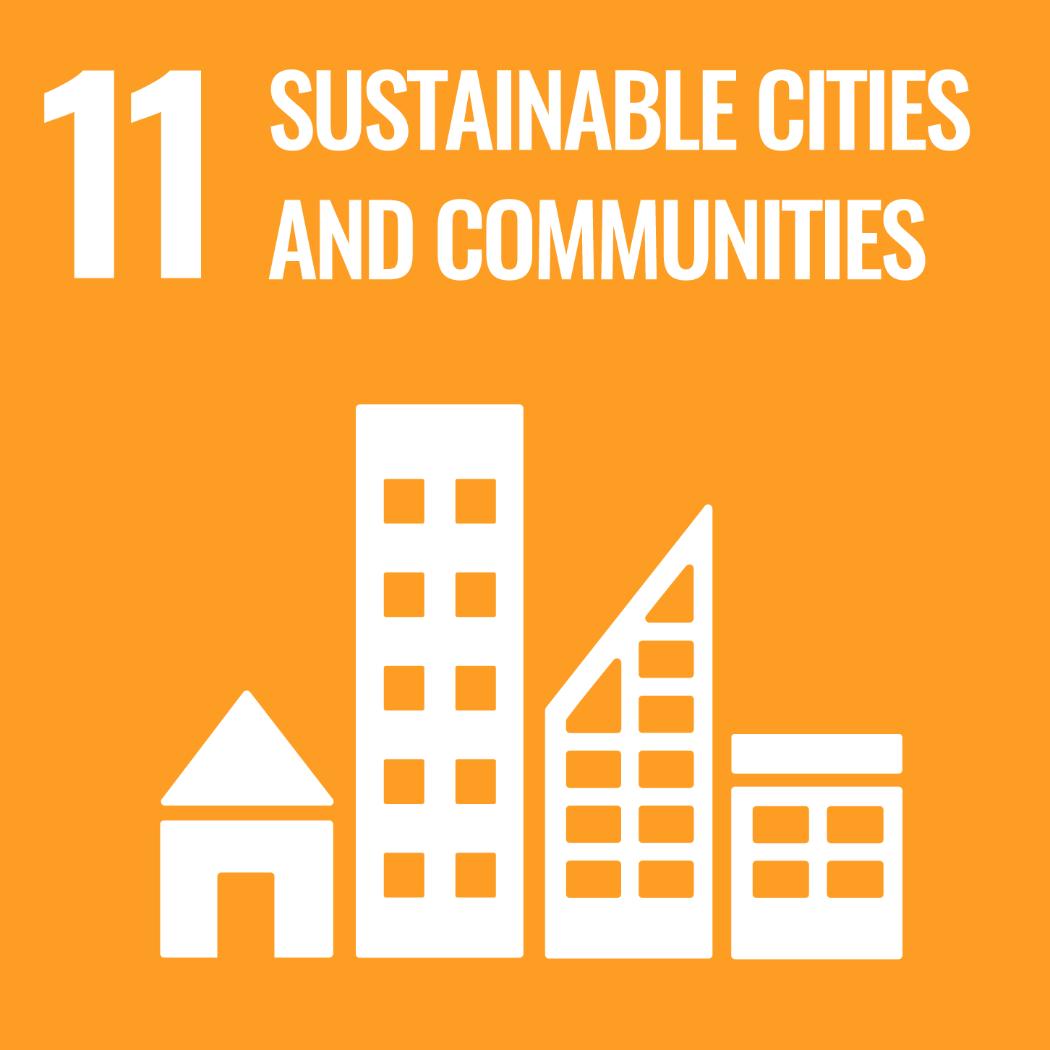

.png/_jcr_content/renditions/cq5dam.web.1280.1280.jpeg)
